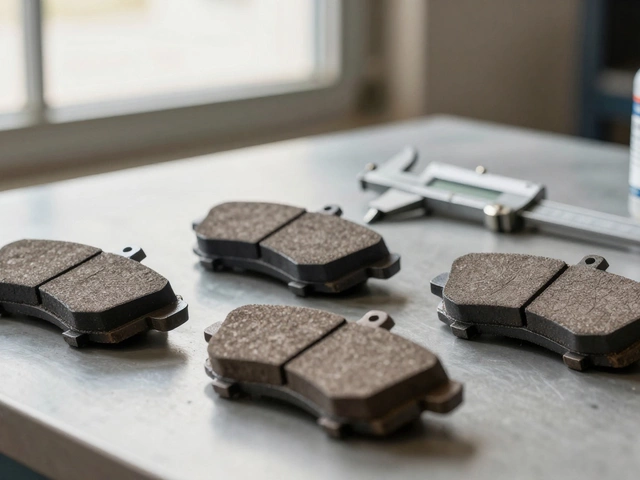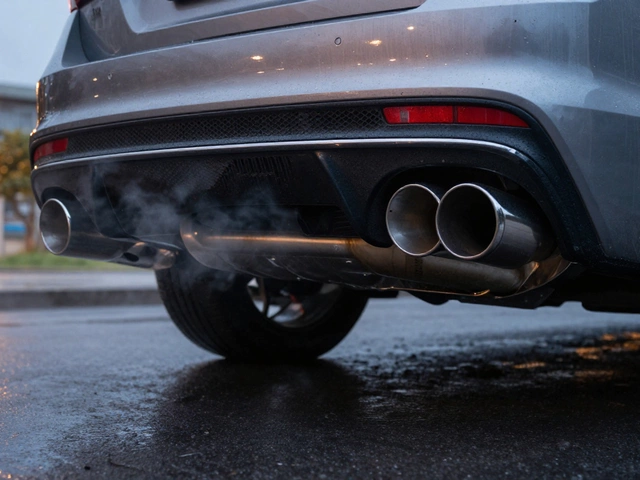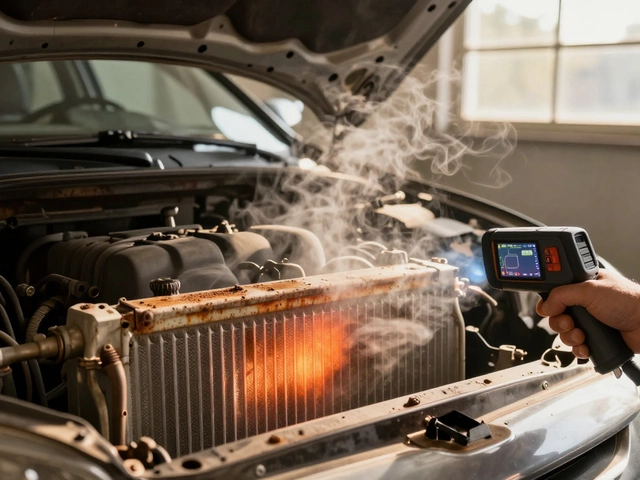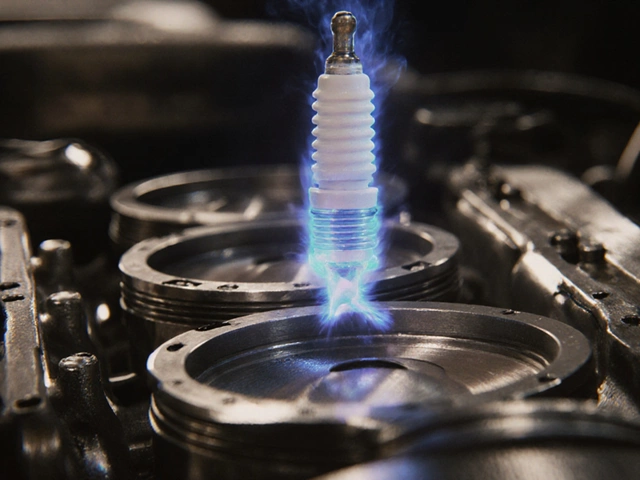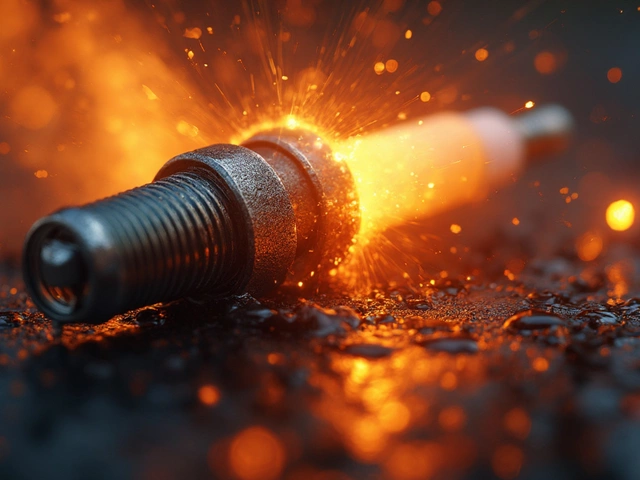Car Suspension Tuning: Boost Your Ride’s Comfort and Control
When working with Car Suspension Tuning, the process of adjusting and upgrading a vehicle's suspension system to improve handling, comfort, and stability. Also known as suspension setup, it lets drivers fine‑tune how the car reacts to bumps, cornering forces, and load changes.
One of the first things you’ll tweak is the shock absorber, a hydraulic device that dampens spring movement and controls rebound. Pair that with the strut, a structural component that combines a shock absorber with a coil spring to support the vehicle’s weight, and you have the backbone of any modern suspension. Car suspension tuning also often involves swapping out or adjusting coil springs, steel coils that bear the car’s load and determine ride height. These three parts work together: the coil spring sets the ride height, the strut provides structural support, and the shock absorber controls motion. Changing one without the others can throw off balance, so most tuners follow a systematic approach.
Why Tune the Suspension?
People tune their suspensions for three main reasons. First, performance: tighter damping and lower springs reduce body roll, letting the car hug the road during fast cornering. Second, comfort: softer springs and tuned shock valving absorb potholes and rough surfaces, making daily drives less tiring. Third, load handling: raising spring rates lets a truck carry heavy cargo without sagging. Each goal influences which components you select. For example, a track enthusiast will likely choose stiffer coil springs and sport‑tuned shocks, while a commuter might opt for a mild upgrade that adds a bit more plushness without sacrificing stability.
In practice, suspension tuning requires a few key tools and skills. A spring compressor is essential for safely swapping coil springs. A torque wrench ensures mounting bolts are tightened to manufacturer specs, preventing premature wear. And a corner‑balancing rig helps you measure and adjust weight distribution across all wheels, which is crucial when you change spring rates. Knowing how these tools interact with the components is a core part of the tuning process.
Beyond the basics, there are advanced tweaks that many DIYers enjoy. Adjustable coil‑over kits combine a spring and a shock absorber into a single unit, allowing you to fine‑tune ride height and damping on the fly. Anti‑roll bars (or sway bars) can be upgraded to thicker sections to further reduce body roll. Even bushings—those rubber or polyurethane cushions that hold suspension parts in place—can be swapped for stiffer versions to sharpen steering response. Each addition builds on the foundation set by the shock absorber, strut, and coil spring, creating a layered system that can be tailored to any driving style.
When you start a tuning project, the first step is a thorough inspection. Look for worn shock absorbers (leaking fluid, broken pistons), cracked coil springs, or bent strut mounts. Those issues can mask the benefits of any upgrade, so fixing them first is a must. Next, decide on your performance goal and pick parts that match. The post collection below covers everything from choosing the right shock absorber for your climate to detailed front suspension replacement guides. You’ll find hands‑on tutorials, cost breakdowns, and warning signs to watch for, giving you a clear roadmap whether you’re swapping a single component or overhauling the entire front end.
Ready to get under the car and feel the difference? Below you’ll discover practical how‑tos, part comparisons, and real‑world tips that turn a vague idea of “tuning” into a concrete plan you can act on today.

How to Soften Your Car Suspension: DIY Tips for a Comfortable Ride
Learn practical ways to soften your car's suspension for a smoother ride. Covers shocks, springs, air kits, bushings, anti‑roll bars, DIY steps, costs, and FAQs.
CONTINUE READING